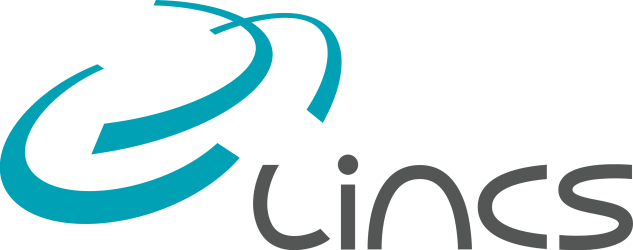From an information theoretic perspective, joint communication and sensing (JCAS) represents a natural generalization of communication network functionality. However, it requires the re-evaluation of network performance from a multi-objective perspective. We develop a novel mathematical framework for characterizing the sensing and communication coverage probability and ergodic capacity in JCAS networks. We employ an information theoretic formulation of radar tracking to extend the notions of coverage probability and ergodic capacity to the radar setting. We define sensing coverage probability as the probability that the rate of information extracted about the parameters of interest associated with a typical radar target exceeds some threshold, and sensing ergodic capacity as the expected value of the aforementioned rate of information. Using this framework, we analyze the downlink sensing and communication coverage and capacity of a JCAS network employing a shared multicarrier waveform and analog beamforming. Leveraging tools from stochastic geometry, we derive upper and lower bounds for these quantities. We also develop several general technical results including: i) a generic method for obtaining closed form upper and lower bounds on the Laplace Transform of a shot noise process, ii) a new analog of Ho?lder’s Inequality to the setting of harmonic means, and iii) a relation between the Laplace and Mellin Transforms of a non-negative random variable. We use the derived bounds to numerically investigate the performance of JCAS networks under varying base station and blockage density. Among several insights, our numerical analysis indicates that network densification improves sensing performance – in contrast to communications.
